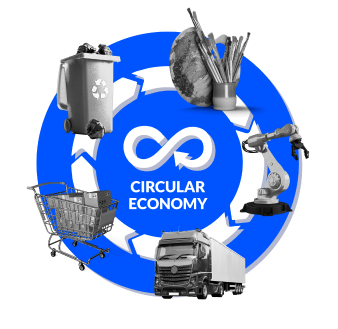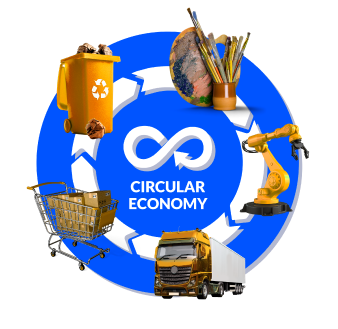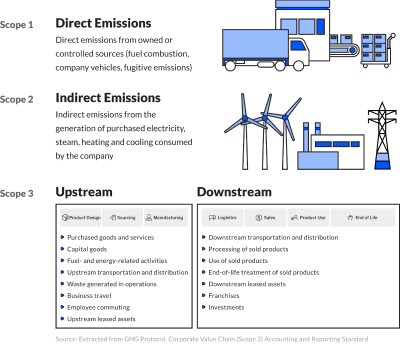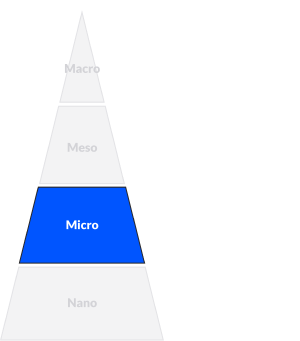Welcome to the official website of REnato lab (hereinafter referred to as "this website"). Our priority is to ensure your privacy while using the services and information provided by this website. Please carefully read the following privacy protection policy to learn more about how we handle personal identification information collected from you.
I. Scope of Application of Privacy Protection Policy
This privacy protection policy outlines how we handle personal identification information collected when you use our website services. It does not apply to related linked websites outside of this website or to personnel who are not commissioned or involved in the management of this website.
II. Collection, Processing, and Use of Personal Data
- When you visit or use our website services, we will request necessary personal data based on the nature of the service and process your personal data within the scope of that specific purpose. We will not use your personal data for other purposes without your written consent.
- When you use interactive features such as service mailboxes and questionnaires, we will retain the name, email address, contact information, and usage time that you provide.
- During general browsing, the server will automatically record relevant actions including the IP address of the connection device you use, the time of use, the browser used, and browsing and click data records. This record is for internal use only and will not be disclosed to the public.
- To provide accurate services, we will statistically analyze the content of collected questionnaires and present the statistical data or explanatory text of the analysis results. We will disclose statistical data and explanatory text as needed, but without involving specific personal data.
- You can request that we correct or delete personal data collected by our website that is incorrect or incomplete at any time.
III. Protection of Data
- Our website host is equipped with related information security equipment and necessary security protection measures such as firewalls and antivirus systems to protect the website and your personal data. Strict protection measures are adopted and only authorized personnel can access your personal data. The relevant processing personnel have signed confidentiality agreements, and those who violate the confidentiality obligation will be punished by relevant laws.
- If we need to entrust other units to provide services, we will strictly require them to comply with confidentiality obligations and take necessary inspection procedures to ensure that they will indeed comply.
IV. Related Links to External Websites
Our web pages provide network links to other websites, and you can also click on other websites through the links provided by our website. However, our privacy protection policy does not apply to linked websites, and you must refer to the privacy protection policy of the linked website.
V. Policy for Sharing Personal Data with Third Parties
We will never provide, exchange, rent or sell any of your personal data to other individuals, groups, private companies or government agencies, except where there is a legal basis or contractual obligation. The situations in the preceding paragraph include but are not limited to:
- With your written consent.
- When the law expressly stipulates.
- In order to avoid danger to your life, body, freedom or property.
- Cooperate with government agencies or academic research institutions based on public interest for statistics or academic research, and the data has been processed by the provider or the collector cannot identify specific individuals based on their disclosure method.
- When your behavior on the website violates the terms of service or may harm or hinder the rights and interests of the website and other users or cause damage to anyone, the website management unit may disclose your personal data for identification, contact or legal action.
- To benefit your rights and interests.
- When we commission vendors to assist in collecting, processing or using your personal data, we will fulfill the responsibility of supervising and managing the outsourced vendors or individuals.
VI. Use of Cookies
To provide you with the best service, we will place and access our cookies on your computer. If you do not want to accept the writing of cookies, you can set the privacy level in the function options of the browser you are using to high to refuse the writing of cookies, but it may cause some functions of the website to not operate normally.
VII. Revision of Privacy Protection Policy
This privacy protection policy will be revised at any time according to needs, and the revised terms will be posted on the website.
